Interview with Girlfriend, Girlfriend Anime Director Satoshi Kuwabara
Satoshi Kuwabara is an experienced anime director who has headed productions including the first season of The Quintessential Quintuplets and various adaptations of Osamu Tezuka's Black Jack manga (as Chief Director). Now, he brings this experience to a new production as the director of Girlfriend, Girlfriend! Following our interview with manga-ka Hiroyuki, we are pleased to share an interview with Satoshi Kuwabara. Read on to learn about his experience heading the series!
Can you please introduce yourself and what you do to our audience?
Satoshi Kuwabara: So, introductions come first ... My name is Satoshi Kuwabara. I'm an animator in Japan. And for my current project, I'm directing the Girlfriend, Girlfriend anime. Which is something I hope you'll all enjoy. Should I explain what kind of work the director does?
Yes, please!
Kuwabara: Well, specifically speaking, a director's job comes down to ... As I'm sure everyone knows, animation is based off of hand-drawn artwork. And because every single element has to be drawn by an individual person, that means there are a lot of people involved. At the very beginning of the process, there's the screenplay, which is the foundation of the lines that are going to be recorded. Then after that comes the storyboards. And after that comes the animation process. You have the animators, whose job it is to make the characters move. And then, you have the backgrounds which are handled by another art team. After that comes the process of filming all these elements together, editing that footage, and then comes adding the voices of the individual characters; so those have to be recorded. After that, the remainder of the sound production gets taken care of, and when that's done, you have a complete animated film.
But for that to happen, it usually involves a lot of different people. So, the easiest way to explain a director of an animated project's job is that he's the one who oversees everyone else's work. Specifying things like "This is how this should be done for this scene," or saying how a character should be colored in a particular scene ... Or "We want this scene to be shot this way." The storyboarding process is essentially about giving these kinds of directions, which then goes out to the assorted other departments ... And then that work all comes together while working on a film ... What's a good way of putting this? It's a bit like being the captain of a ship. I think that's why directing isn't something that can be done by yourself. Each different section of the production team has their key leaders, and their help is what gets everything done.
I think one thing almost all animation has in common is that it's a team effort. You have a lot of different people coming together to complete a project. So being the director is about making sure that everyone's efforts come together successfully, and making sure the final product is reflective of their contributions. I personally think that might be the secret of what makes animation enjoyable. If you think about it, a single person is, at maximum, only able to produce 100 percent of their strength, but through collaboration, the more people get involved, that can turn into 200, 300, even 1,000 percent, it's almost a kind of inherent potential. And I think animation is unique in that it takes that potential — and because of that potential, it really has no limits, especially in the language of film. I think it's a medium with unlimited possibilities.
What an amazing answer! How did you get your start in the anime industry?
Kuwabara: Well, I got into the animation industry around 33 years ago, I think ... Before that, I really wanted to get a job in film because I really loved both live-action and animated films. I would always be heading to the theater in my free time. And eventually, I decided I'd like to try making a movie, or some other film myself, so I ended up enrolling in a technical school for animation, and after that, I ended up joining the company where I still work to this day.
You've worked in the anime industry for quite some time. What is the biggest thing you have learned during your time working on anime?
Kuwabara: That really is a hard one. When I'm asked to just list one it's hard, because I've learned so much in the past,
and am still learning to this day. But something I always find is that, when I'm working on a project, I'm totally immersed in it, and just focused so entirely on working as hard as I can, and whenever I end up finishing and getting a chance to catch my breath, the thing that I'm always struck by is how grateful I am to all the other people who I've worked with.
It's like I mentioned before, animation is definitely not a one-man job. I mentioned them before, but there're the animation staff, the art department, the photography department, the audio staff ... And that's not even everyone, there's still the project leads, and the general managers, I honestly think that animation is only possible with their collective support. And another thing that I tend to reflect on is that animation only really exists thanks to the audience. It's like realizing that, even though those of us on the creative side are the ones who put a project together, the way that it shapes up once it gets into the hands of the audience is just as important. And it's the audience themselves that are the biggest factor, there.
It leaves me with the feeling that the truly memorable works that really shine reflect the combined passion of the creators, the people who support us, and the people who watch it once it's completed. And I'm always really grateful for that. That's the biggest thing that comes to mind.
What is a day in the life of an anime director like? Is there anything you would like people to know about what the job is like?
Kuwabara: Well, when I became the director on Girlfriend, Girlfriend, and this is the case with every project, but I think that I personally need to love something in order to work on it. I don't know if I'd be able to do a good job working on something unless I felt like I was one of its biggest fans, so the first step is to familiarize myself with what I'll be working on, and figuring out what I love about it. And my first impression from Girlfriend, Girlfriend after reading the manga is that it was really easy to fall in love with.
After thinking it over, what I really do like about it is how the characters are really well developed in the sense that they feel like they could really exist. In specific terms, you have the protagonist Naoya, along with Saki, Nagisa, Mirika, and Shino, and the way that they're honest about those feelings, and live in a way that reflects those feelings, strikes me as really wonderful, and that's a big part of the story's charm. That's what makes the characters stand out, and really the big thrust of their appeal, from where I stand.
Can you go more in-depth and explain what Girlfriend, Girlfriend is about?
Kuwabara: Falling in love is something I think everyone can relate to, and I think that this is a story where those sort of thoughts ... Or more like, those sort of feelings are depicted very frankly. And because of that, I'm truly grateful to have been involved with this project. If there's one other thing I can add, I think it's an extremely well-executed comedy. The story as a whole is about delving into the romances that bud through the character's lives, and the comedy is sort of how we digest it. And the tempo that it unfolds at is something unlike anything else I've ever seen. The story really develops at a pretty rapid pace, but instead of feeling strange, it's actually very comfortable. I think that it's a manga where, once you start reading it, it becomes hard to stop due to the amount of momentum it has. That's another one of its big appeals and part of why I was drawn to it as a project.
You also directed the first season of The Quintessential Quintuplets, which is another ensemble romantic comedy. Are you bringing your experience directing that series into Girlfriend, Girlfriend?
Kuwabara: I think that when you work as a director, every single project ends up helping you grow, and it's definitely that it's all cumulative. Quintessential Quintuplets was also a comedy, so I do think my experience working on it was beneficial for Girlfriend, Girlfriend. For Quintessential, you had these five different heroines who would come into the scene, and there'd be a chat, and back and forth with their interactions, which would be what pushed the story along. And having to manage a narrative like that, one that is having to move forward while having many focal characters, is a difficult thing to do, both from a plot structure and an animation standpoint. But since I had gone through that once already, it helped me know what to do in Girlfriend, Girlfriend where you had all of these characters showing up and progressing their own arcs, along with the fun that they have with Naoya, the protagonist. So, that experience definitely helped me with knowing
what to emphasize to really bring out the fun in the story.
Do you work closely with the original manga-ka, Hiroyuki? If so, what has that experience been like?
Kuwabara: Well, with the creator, it started with meeting him after I had become the director of the project, and from there we discussed a lot of the finer details of the story, and I got to hear a lot of his thought processes, as they relate to it. After that, with animation, after production gets decided upon, the screenplay is the first thing that gets put together — the script in other words. And a lot of us had the opportunity to check in on the script during its progress, from the producers, to people on the client side, and then those of us on the production side, and the writers, we all get together periodically and discuss things. And Hiroyuki-sensei managed to make the time to join those meetings, even though he's so busy, and he would offer all kinds of advice, which was extremely valuable. I had read through the original manga already, but he would point out things that I didn't realize, on top of offering ideas for the project himself, and the suggestions he came up with would always be very funny. We ended up taking a lot of his ideas and incorporating them into the anime.
Another thing is, after the scriptwriting process we begin to work on storyboards. I don't know if everyone is familiar with what they look like, but it's essentially ... If the script is the blueprint for how the dialog will work, the storyboard then takes that dialog and, with a mixture of rough art and written direction, it creates a blueprint for the animation staff when they're drawing the characters. Hiroyuki-sensei also did some checks during that storyboard process and gave us a bit of device for little tweaks like what facial expressions would be best and what lines would go best and where. He really helped us understand certain key things about the story. So I'm really glad to have gotten to work with someone who was willing to offer so much advice to the project, and give such helpful advice.
What can fans of the Girlfriend, Girlfriend manga look forward to most with the anime?
Kuwabara: Well, a big appeal of Girlfriend, Girlfriend is all the cute girl characters, and I think people will really appreciate them when they see them in the anime. There's a real joy in seeing how expressive they become when animated, getting angry or crying, laughing. Other than that, there're the elements of action. You'll get to see the characters act out the more kinetic elements in a way the manga couldn't, and I think that'll be something worth looking forward to.
Beyond that, when we started working on the Girlfriend, Girlfriend anime, we were really conscientious about maintaining the speed and momentum that the manga has, and careful not to do anything that would slow it down. I think that the animation is going to really feel like the manga come to life, and I think that getting to experience just how fast it hits with jokes will be something that's really entertaining. There are so many things I could touch on. We've put a lot of effort into making it a visually appealing show. And in order to properly express what the girls and Naoya are feeling, we use a lot of abstract touches to depict the interiority of the characters that the manga didn't get a chance to. I'd say those are all the things that I think people can look forward to.
How has your team adapted your work process during the COVID-19 pandemic?
Kuwabara: Well, even in Japan, the COVID pandemic isn't quite under control, and there have been effects felt in the process of animation production. Normally everyone assembles at the studio, and there's a lot of in-person interaction and discussion, and that is in the background as everything proceeds to unfold. But with COVID's prevalence, a lot of people are working from home instead. Because of that, there's a lot less naturally occurring communication, so instead, we try to make sure that those conversations still happen either using Zoom or other video chat software, and by actively making time for that, we keep the lines of communication open during production still.
In addition to that, on the sound production side, when recording the voice-over for the characters, they now split up the recordings so that a lot of people aren't crowded together which is intended to help avoid infection. The thing is, since everyone involved is a professional, we're all consciously making sure none of this has a negative impact on the project, so I'd say the audience shouldn't need to worry.
How do you feel about Naoya's idea to date two girls at once?
Kuwabara: That's definitely the most notable thing about Girlfriend, Girlfriend, the fact that the protagonist is going out with two girls at once. And that's easy to see how something that can leave people with a negative impression of the protagonist, but reading the manga, I came to really like Naoya as a protagonist. And I think that's because he seriously cares about both Saki and Nagisa. He has a pure, unclouded love for both of them, and cares deeply as a result. I think that forms the core of his character.
I think when it comes to fiction, no matter how bad a character might be, or how bad they're depicted, if they have one fundamental thing that makes up their character, that they won't budge on, the audience will be able to appreciate that. And that's something that they'll even come to approve of. I think you can really get a feel for Naoya's unshakable love in Girlfriend, Girlfriend. And the way he's so earnest ... If you take a step back, you can really see that he really doesn't come across as very cool or impressive. But that's a big part of how you can tell he's serious about his feelings for them, and how he works hard for both their sakes. That's why I think that, in the manga, it's able to take a protagonist in a situation that would normally get him hated and instead turns it into something that is a part of his charm.
Who is your favorite girl out of all the female leads in Girlfriend, Girlfriend?
Kuwabara: Well, that's actually a pretty common question, and it even comes up with other projects ... And I swear this is the truth: I like both of them equally. I think it'd probably impact the show in a bad way if I had a preference. Saki, Nagisa, and the rest of the characters all have things that make them amazing, and I feel like I can depict this story well because I genuinely like them all so much. So, I'm really sorry, but I honestly love them both. If I absolutely have to pick one, I would say Saki's mom is particularly cute.
You're a man of culture. Is there anything else you would like to say to fans of Girlfriend, Girlfriend?
Kuwabara: I hope you'll all really enjoy Girlfriend, Girlfriend. I think it will be really entertaining for both people who are familiar with the manga and for people who aren't. It's got a fun sense of speed, and I think the characters have turned out particularly cute. Those of us on the staff have worked really hard on it, so we'd all be really pleased if you checked it out. All we can really do is try to put together a great show and deliver it to you all, and it's my belief that it will only truly shine with its full potential once it's in the audience's hands. So, I'd love it if Girlfriend, Girlfriend became that kind of a project. Thanks for talking with me.
Source: Crunchyroll

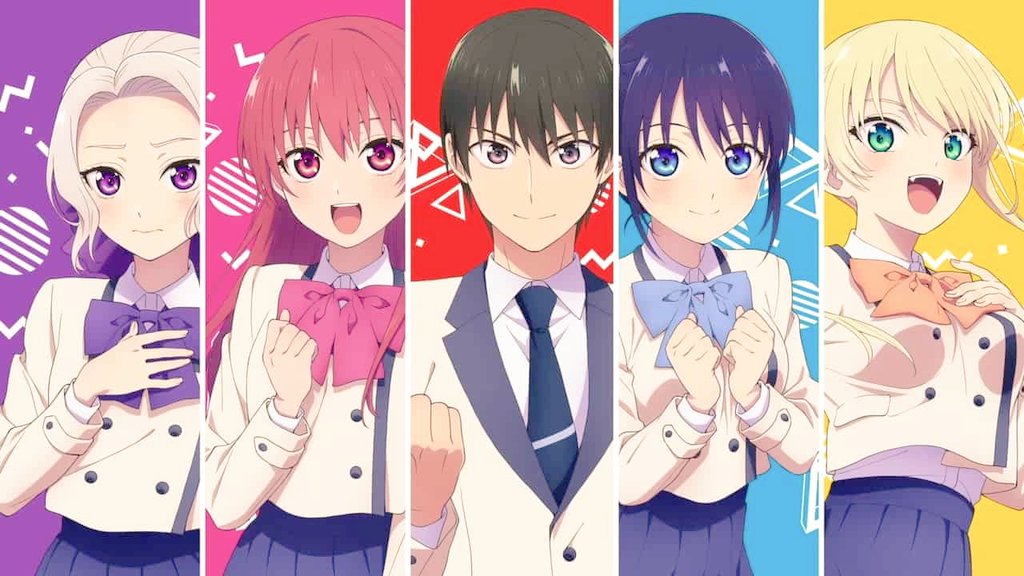
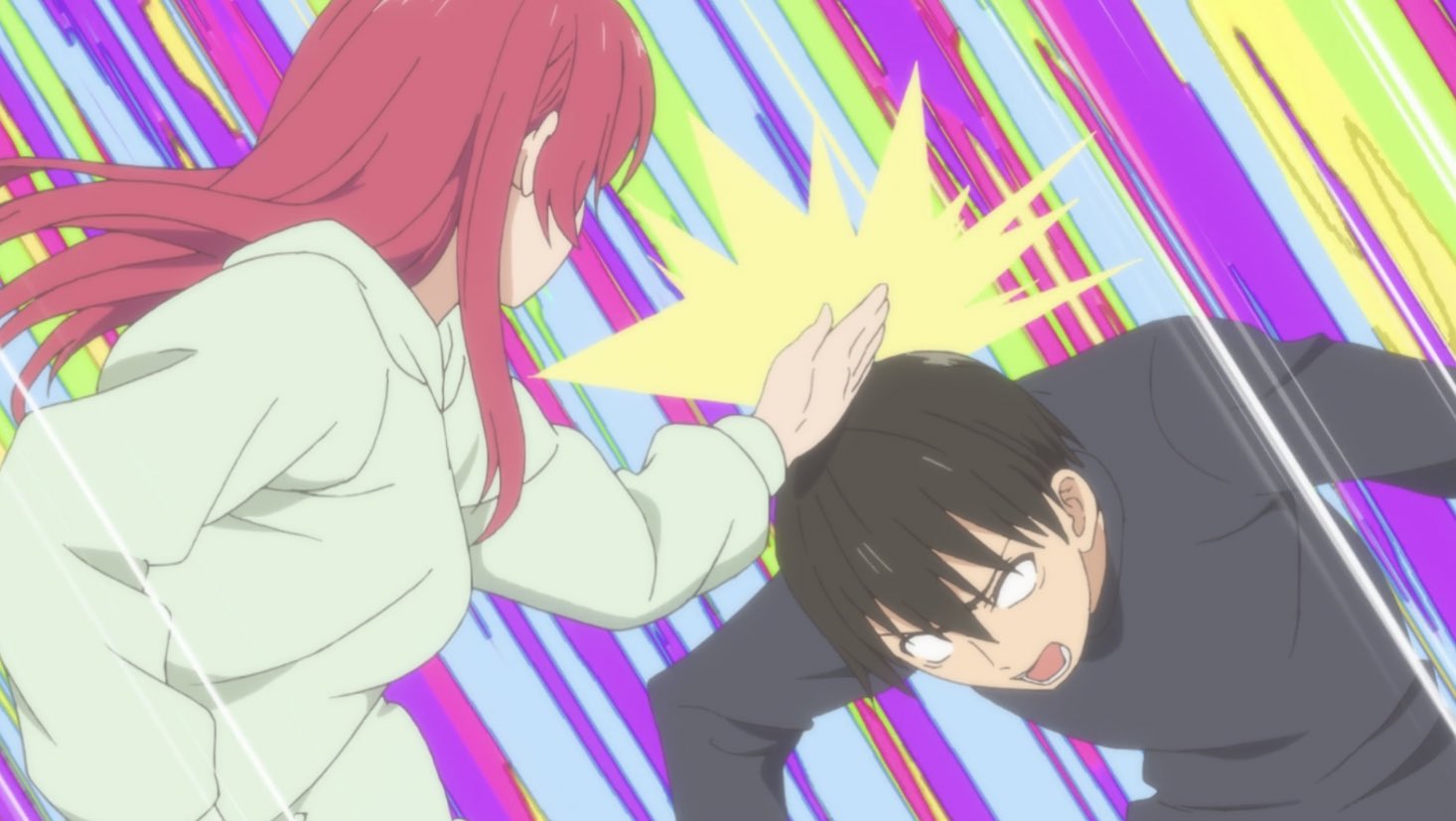
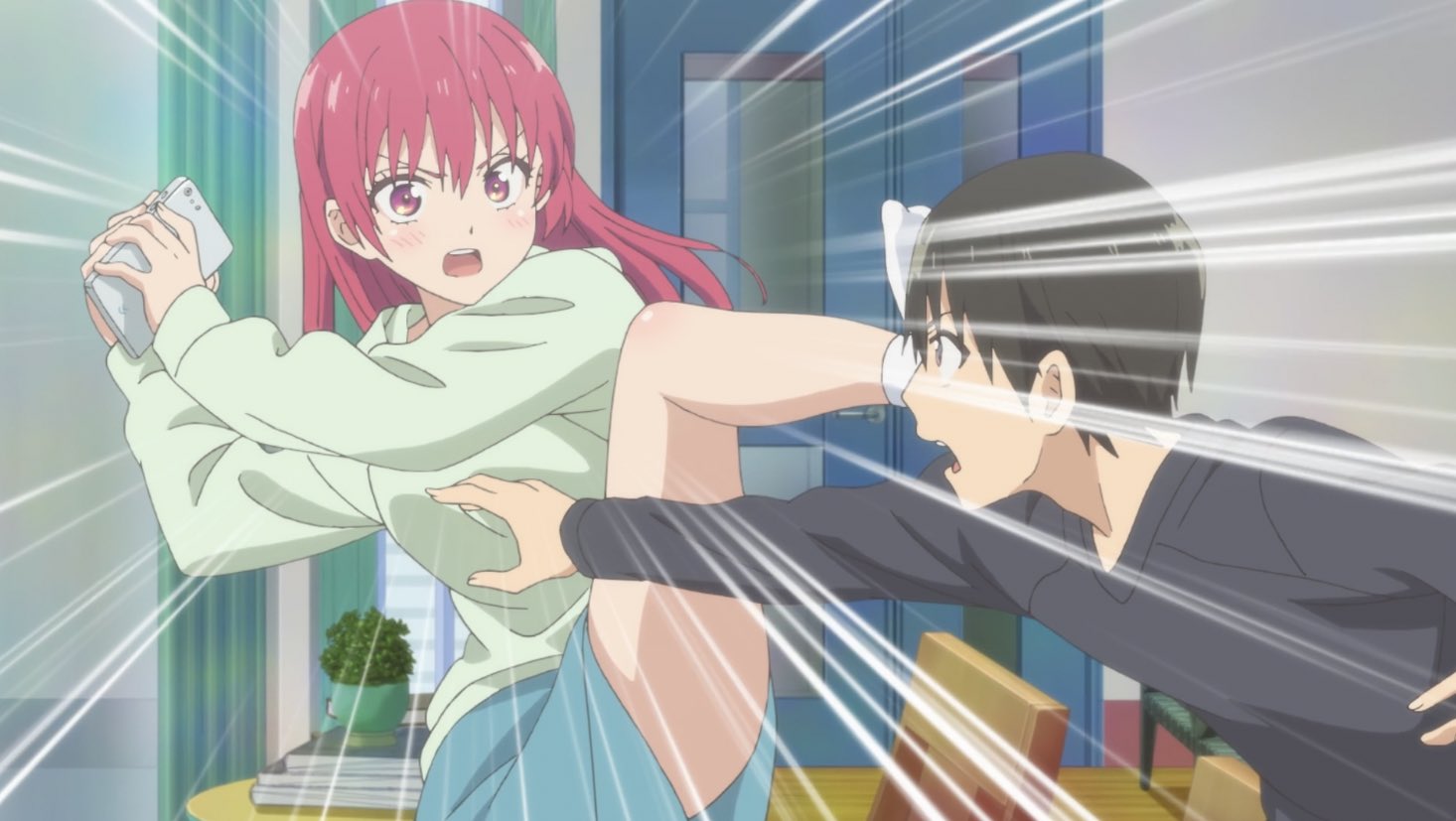
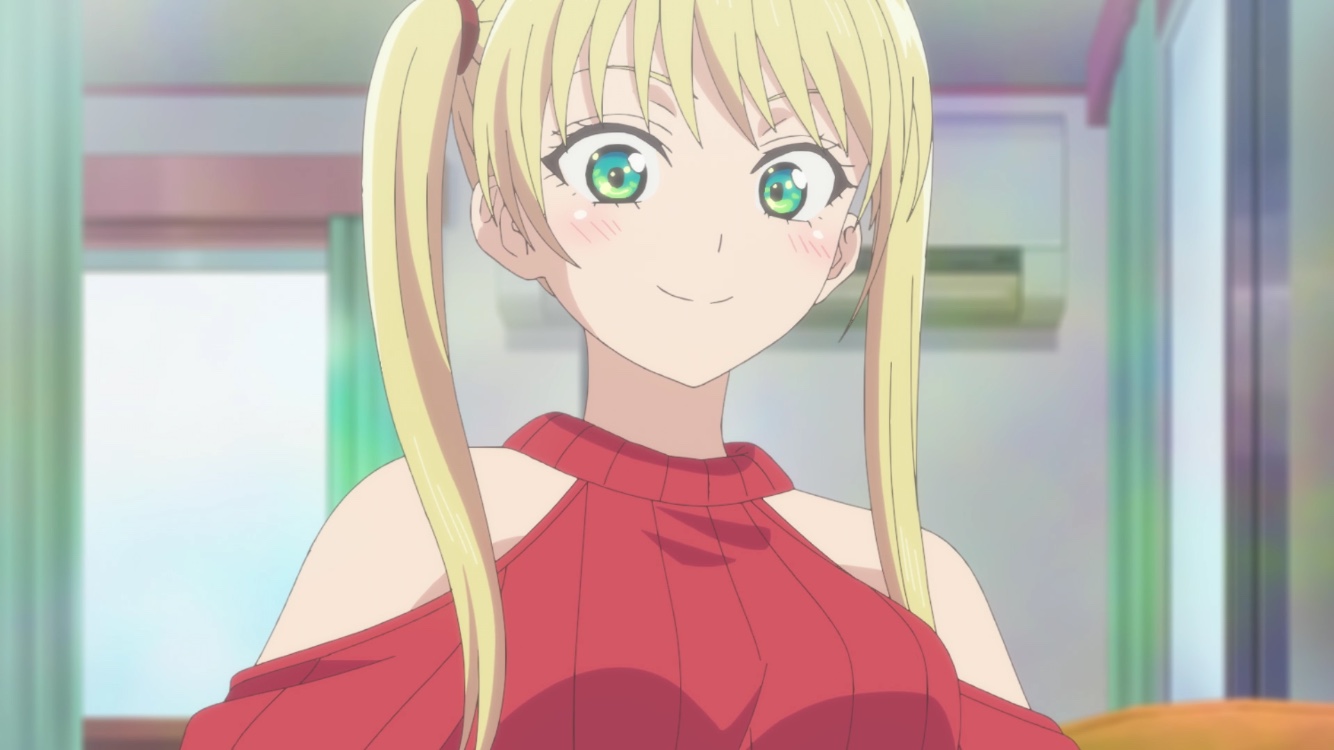
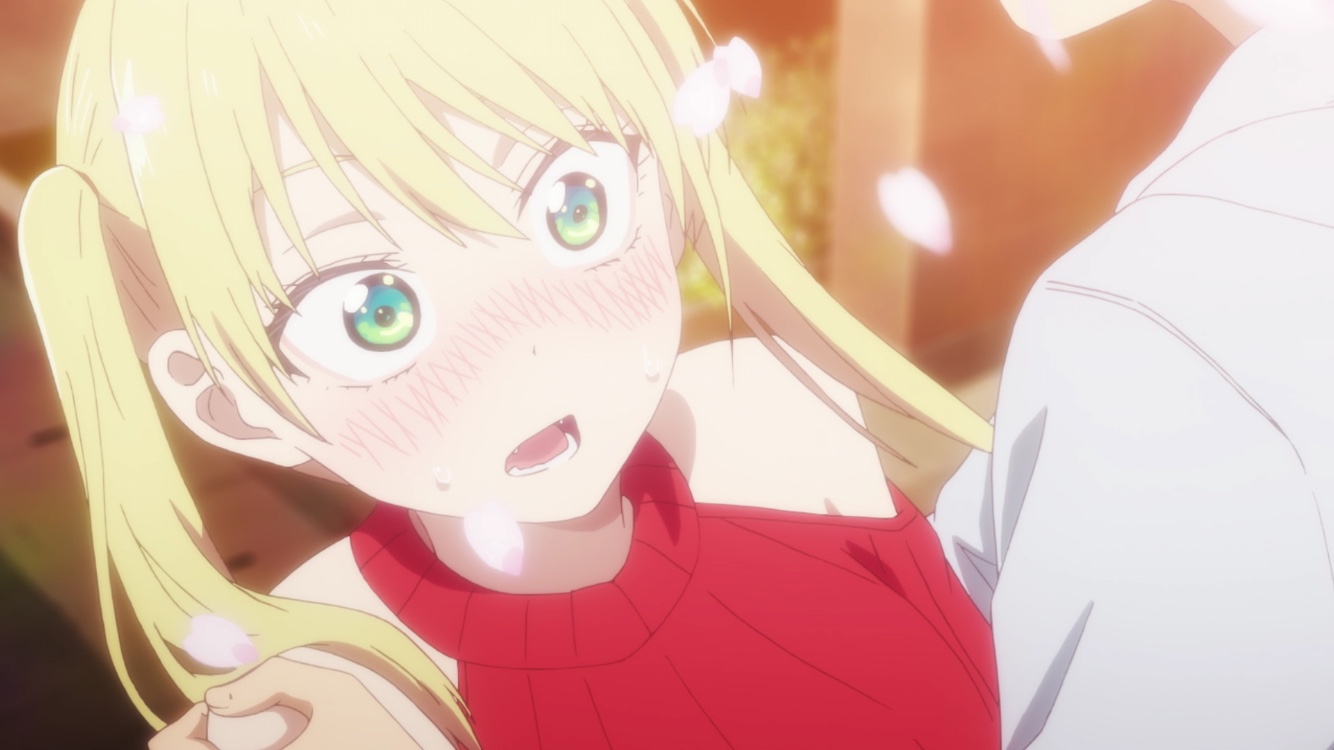



Comments